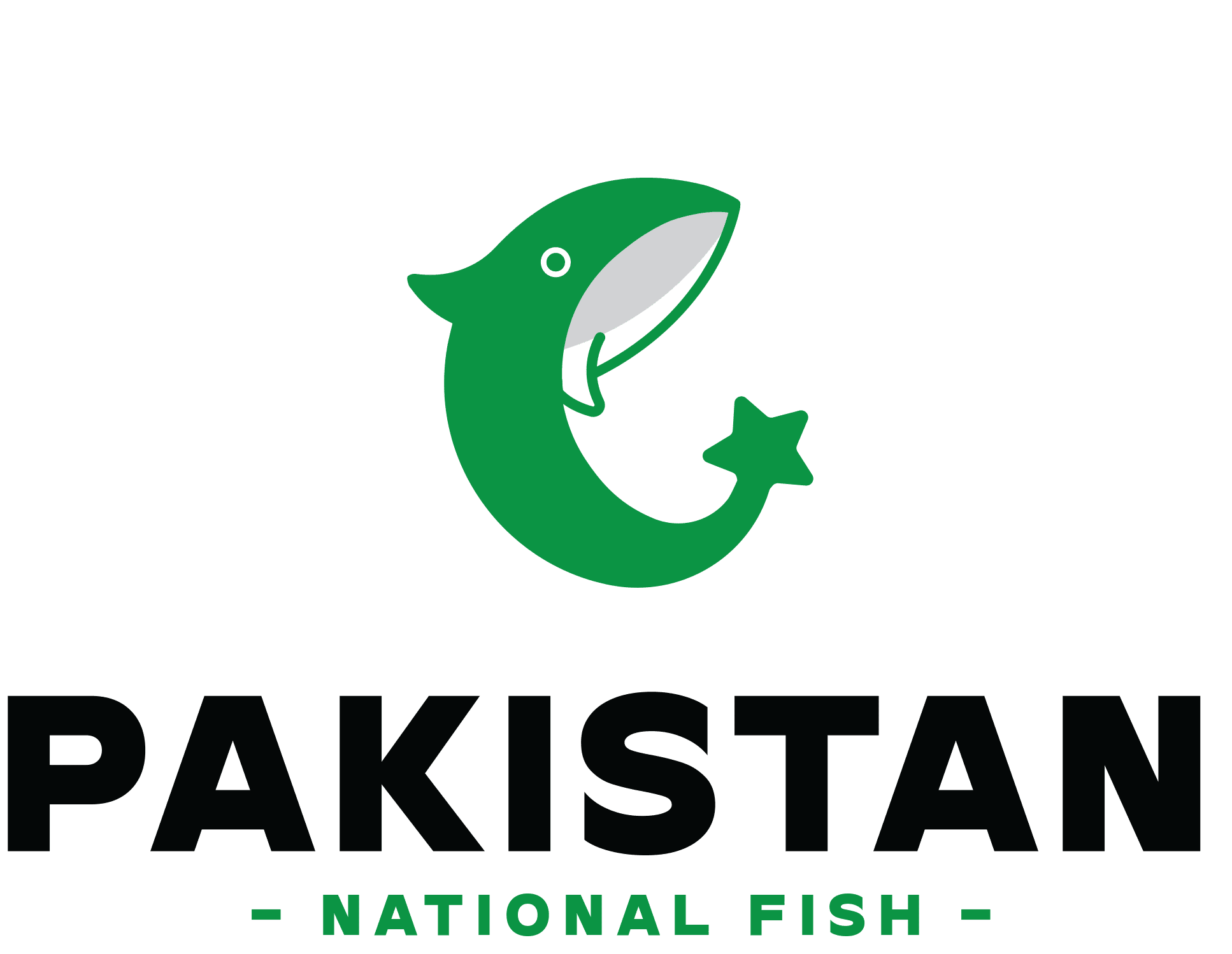Table of Contents
What Are the Main Types of Fish in Pakistan?
Pakistan’s waters host a staggering 531 fish species, with 233 being freshwater fish in Pakistan and the rest thriving in marine or brackish environments. These fish types in Pakistan can be broadly categorized into freshwater, marine, and brackish water species, each contributing uniquely to the country’s cuisine, economy, and culture.
- Freshwater Fish: Found in rivers like the Indus and lakes across Punjab, Sindh, and Khyber Pakhtunkhwa, these include carp, catfish, and trout. They are staples in inland diets and aquaculture.
- Marine Fish: Caught along the Arabian Sea coast, particularly in Karachi and Balochistan, these include pomfret, mackerel, and tuna, prized for export and local consumption.
- Brackish Water Fish: Thriving in estuaries and mangroves, species like mullet adapt to varying salinity levels, offering unique flavors.
Magic Point: Always check the source of your fish—freshwater varieties from Punjab’s rivers or coastal catches from Karachi markets ensure authenticity and freshness.
Which Freshwater Fish Thrive in Pakistan?
Freshwater fish in Pakistan are the backbone of inland aquaculture and traditional cuisine. Here are some key species:
- Rohu (Labeo rohita): Known as damra fish in some regions, this carp is a household favorite for its mild, sweet flavor and white flesh, perfect for curries.
- Catla (Catla catla): A surface-feeding carp, rich in omega-3 and omega-6, ideal for heart-healthy diets.
- Mrigal (Cirrhina mrigala): A bottom-feeder, often used in polyculture systems alongside Rohu and Catla.
- Singhara (Mystus seenghala): A catfish with firm texture, popular in spicy curries.
- Trout (Salmo trutta, Oncorhynchus mykiss): Found in the cold waters of Khyber Pakhtunkhwa and Gilgit-Baltistan, rainbow and brown trout are prized for grilling.
Important Point: Punjab leads in freshwater aquaculture, with districts like Faisalabad and Okara using modern aeration and feeding systems to boost production.
What Makes Mahseer Fish in Pakistan So Special?
The Mahseer fish in Pakistan, known as the “King of Swat,” holds the prestigious title of the national fish. This golden-hued, migratory carp (Tor putitora) thrives in the fast-flowing, semi-cold rivers of Khyber Pakhtunkhwa and Gilgit-Baltistan.
- Ecological Role: Mahseer maintains river ecosystem health, feeding on algae, insects, and small aquatic creatures.
- Cultural Significance: Revered for its strength and size, it’s a symbol of Pakistan’s aquatic heritage.
- Conservation Status: Listed as endangered by the IUCN due to overfishing and habitat loss, conservation efforts are critical.
- Culinary Use: Though not commonly eaten due to its conservation status, its firm flesh is a delicacy when prepared.
Magic Point: Support Mahseer conservation by choosing farmed fish like Rohu or Catla to reduce pressure on wild stocks.
Is Salmon Fish Available in Pakistan?
Salmon fish in Pakistan is not native to the Arabian Sea but is available as Indian salmon, locally called Rawas. This fish, also known as threadfin or Ramas, is prized for its lean protein and heart-healthy properties.
- Nutritional Benefits: Rich in omega-3 fatty acids, Rawas supports weight loss and heart health.
- Availability: Imported or sourced from Karachi ports, it’s a premium choice in urban markets.
- Preparation: Best grilled or curried, its soft, white meat has a sweet taste.
Important Point: While true Atlantic salmon is rare, Rawas offers a local alternative with similar health benefits.
What Is Damra Fish and Why Is It Popular?
Damra fish, known scientifically as Labeo rohita (Rohu), is one of the most beloved fish in Pakistan. Its popularity stems from its accessibility, flavor, and versatility.
- Taste and Texture: Mildly sweet with tender, white flesh, ideal for curries and fries.
- Aquaculture Role: Extensively farmed in Punjab and Sindh, making it affordable and widely available.
- Nutritional Value: High in protein and omega-3, it’s a staple for health-conscious diets.
Magic Point: When buying damra, ask vendors about sourcing to ensure freshness—opt for fish from sustainable farms.
Which Fish in Pakistan Are Known as Silver Fish?
The term silver fish Pakistan often refers to species like the silver carp (Hypophthalmichthys molitrix) or small coastal fish like the gold-spot herring (Heera fish).
- Silver Carp: A freshwater fish, farmed for its rapid growth and mild flavor, often used in polyculture systems.
- Heera Fish: A small, silvery marine fish, rich in nutrients, used as bait or dried for consumption in coastal areas.
- Appearance: Both have shiny, silver scales, making them visually striking in markets.
Important Point: Silver carp is a great choice for budget-friendly, protein-rich meals, especially in rural areas.
What Are the Best Pakistani Fish for Your Plate?
Fish Name | Urdu Name | Type | Best Preparation | Key Benefits |
Rohu | Damra | Freshwater | Curry, Fried | High protein, omega-3 |
Red Snapper | Heera | Marine | Grilled, Curried | Low-calorie, selenium-rich |
King Mackerel | Surmai | Marine | Fried, BBQ | Firm texture, omega-3 |
Pomfret | Safaid Paplet | Marine | Steamed, Fried | Rich in calcium, phosphorus |
Trout | Trout | Freshwater | Grilled with herbs | Mild flavor, heart-healthy |
Are There Fish Without Kanta in Pakistan?
For those who prefer fish without kanta in Pakistan (kanta meaning bones or spines), several species offer a boneless or low-bone experience:
- Pomfret (Safaid Paplet): Known for its flat body and minimal bones, perfect for frying or steaming.
- Barramundi (Bhetki Daangri): Yields large, boneless fillets, ideal for grilling.
- Red Snapper (Heera): Easy to debone, with tender, white meat.
- Indian Salmon (Rawas): Soft, low-bone flesh, great for curries.
Important Point: Ask your fishmonger to fillet these fish for a hassle-free cooking experience, especially for kids or elderly family members.
How Does Aquaculture Support Fish in Pakistan?
Aquaculture is transforming the availability of fish in Pakistan, particularly for culturable species. With over 12,000 fish farms across the country, here’s how it supports the industry:
- Major Species: Rohu, Catla, Mrigal, and silver carp dominate freshwater farming, with trout in colder regions.
- Economic Impact: Employs over 50,000 people and boosts exports to the Middle East.
- Sustainability: Modern techniques like In-Pond Raceway Systems (IPRS) improve yield and reduce environmental impact.
- Challenges: Limited technology in rural areas and overfishing of wild stocks necessitate sustainable practices.
Magic Point: Support local aquaculture by choosing farmed fish from regions like Thatta or Faisalabad, ensuring both quality and environmental responsibility.
Why Are Pakistan Fish Names Important?
Understanding Pakistan fish names bridges cultural, culinary, and economic gaps. Local names like damra, surmai, or safaid paplet reflect regional identities and culinary traditions.
- Cultural Connection: Names tie communities to their aquatic heritage, like Mahseer’s title as the “King of Swat.”
- Market Clarity: Knowing local names helps consumers identify fresh, authentic fish in markets.
- Conservation Awareness: Recognizing names like Mahseer promotes efforts to protect endangered species.
Important Point: Learn local names from vendors or fish markets to make informed choices and support sustainable fishing.
Magic Points for Choosing and Cooking Fish in Pakistan
To make the most of Pakistan’s aquatic bounty, follow these tips:
- Check Freshness: Look for clear eyes, red gills, and a mild sea-like smell.
- Seasonal Buying: Opt for trout in winter from northern regions or pomfret during peak coastal seasons (February-September).
- Cooking Tips: Marinate marine fish like Surmai with spices for frying, or steam freshwater fish like Rohu for a lighter dish.
- Sustainability: Choose farmed fish to reduce pressure on wild stocks, especially for endangered species like Mahseer.
- Health Focus: Prioritize fatty fish like mackerel or Rawas for omega-3 benefits, supporting heart health and weight management.


